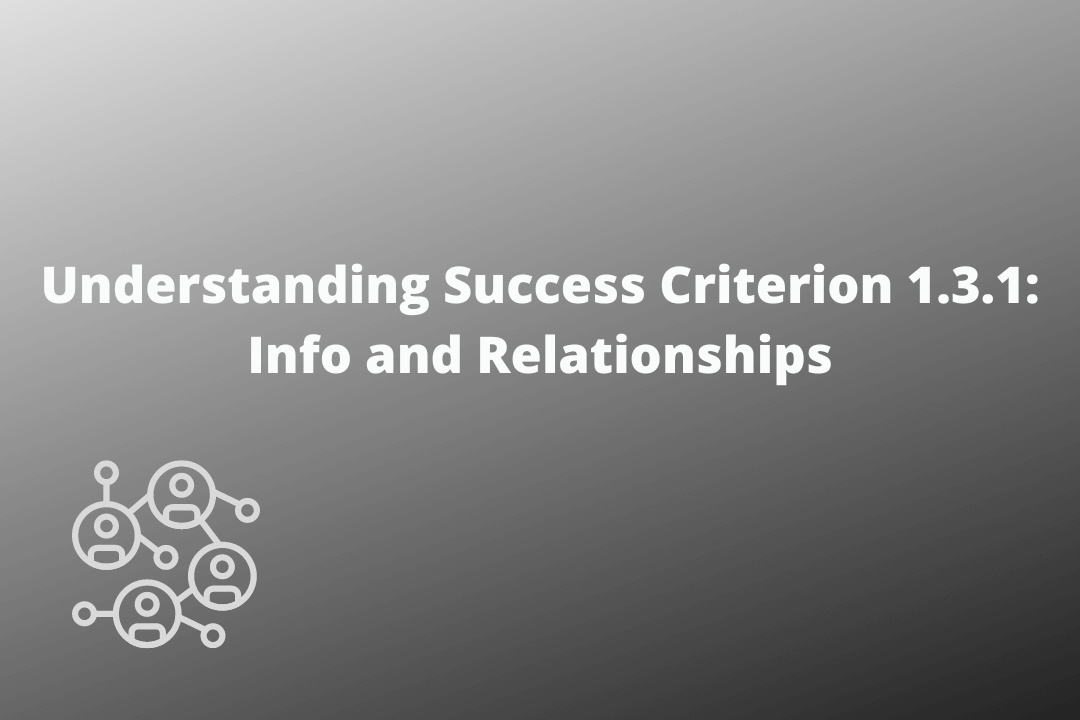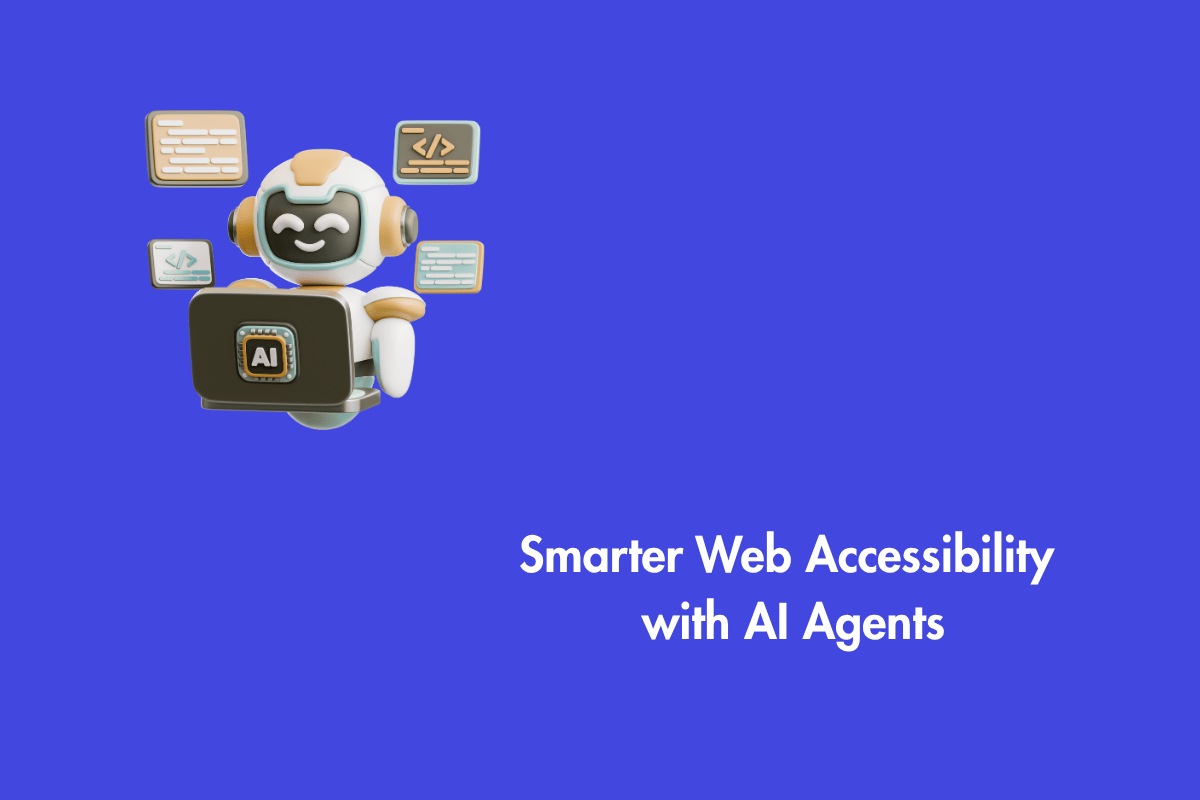Content structures such as tables, lists, and headings presented to users must ensure that they are not conveyed only through visual cues.
Table of Contents
Official Requirements
Success Criterion 1.3.1 Info and Relationships (Level A): Information, structure, and relationships conveyed through presentation can be programmatically determined or are available in text.
Why is it required?
Content structures such as tables, lists, etc rely on visual cues to communicate information to users. Therefore, it is not accessible to users with visual impairments. Making it accessible will enable Assistive Technology users to consume information similar to their peers.
How do we fix it?
Use semantic HTML elements to convey information to users. For instance:
- Use proper HTML elements such H1, H2, etc for headings
- Similarly (<table>, <tr>, <th>, and <td> elements) for tabular data
- List with (<li>)
- Form fields with proper labels with HTML markup (<label>)
Mistakes to avoid
- Presenting content structures tables, lists, and headings without proper HTML markup
- Using CSS styles for headings instead of HTML markup
- Form fields not having labels



